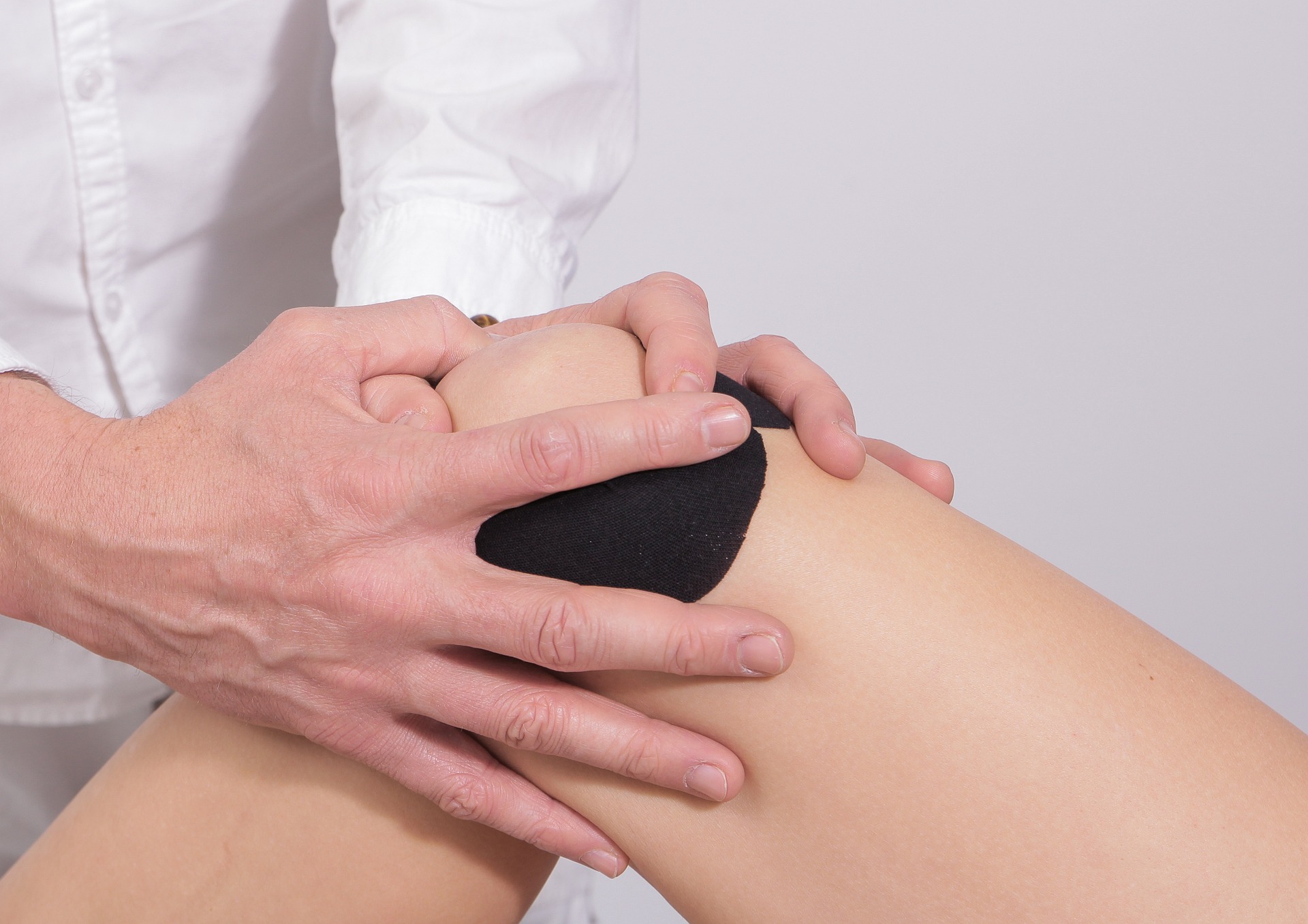
Knee pain can drastically deteriorate your quality of life, making it difficult to do basic activities, such as walking or standing comfortably. As a result, many opt for knee surgery as the first solution to treat this pain.
Unfortunately, surgical knee repair can be expensive and cause various complications, including infection and prolonged recovery.
The good news is that you can find other knee repair options that don’t involve going under the knife. Below are some non-surgical solutions you may want to consider if you are struggling with knee pain.
Stem Cell Transplantation
Stem cells are unique cells in the body that can develop into other types of cells, including those found in the musculoskeletal system. After a knee injury, these cells may be damaged, leading to reduced mobility and function.
However, through stem cell transplantation, a doctor can help you regain mobility and eliminate joint pain. This non-surgical knee repair procedure involves harvesting stem cells from another body part and reinjecting them into the affected joint. This not only slows down inflammation but also helps to heal the damaged tissues in your knee.
Platelet-Rich Plasma Therapy (PRP)
PRP treatment utilises your body’s platelets to help reduce inflammation and improve the function of your injured knee joints. During this therapy, your doctor will draw a sample of your blood from the arm and place it in a centrifuge to separate the platelets from other blood components.
The collected platelets will then be injected into the affected knee area.
Depending on your condition, you may undergo between 1 to 2 PRP treatments. These sessions are usually 6 to 8 weeks apart. After this period, you should start to feel improvement in your pain and regain normal joint movement.
Physical Therapy
When you have knee pain, you tend to avoid using the affected leg as much as possible. This is known as compensation, and it tends to weaken your knee joints over time, causing pain and stiffness.
Physical therapy can help strengthen the muscles around your painful joints and correct your posture. Your physical therapist may recommend a specific exercise program to restore a normal range of motion and promote overall muscle strength and flexibility.
Joint Fluid Therapy
Also known as viscosupplementation, this non-surgical knee repair procedure treats osteoarthritis of the knee. It helps relieve pain and improve flexibility by lubricating and cushioning the affected joint.
During a joint fluid injection, a healthcare professional will give you a series of injections directly into the joint. These injections contain hyaluronic acid, a natural substance that helps promote smooth joint movement and ease the pain.
Acupuncture
Traditional Chinese Medicine practitioners have been using acupuncture to treat many conditions for thousands of years. Today, healthcare providers use this technique as a complementary treatment for many musculoskeletal disorders, including knee pain.
Acupuncture entails the insertion of tiny needles into specific points of the body, known as meridians, to relieve tension, boost blood flow, and encourage natural healing. Several studies have shown that this ancient therapy can effectively improve the quality of life for patients with chronic pain conditions, such as arthritis.
Knee-Braces
A knee brace is a device that provides support and compression to the knee joint. Doctors commonly use it to treat joint pain resulting from ligament injuries and repetitive stress injuries.
Typically made from plastic or neoprene, knee braces are designed to relieve pressure on the kneecap and surrounding tissues. They also help to increase mobility and improve your gait.
The Bottomline
It is possible to recover from knee pain without surgery using any of the above methods. The best thing about these non-invasive knee repair procedures is that they result in less pain and a relatively shorter recovery period. Better still, there is little chance that these treatments may lead to more health complications.
















